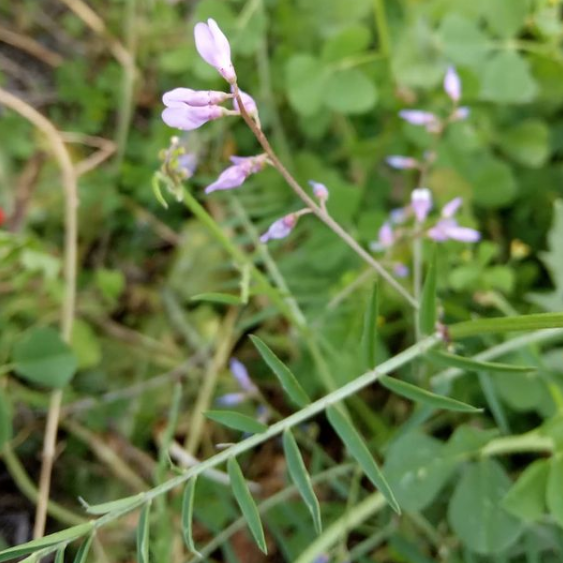Βίκος ο παλαιστίνιος
Etymology of Vicia palaestina: The Latin name of the genus, "Vicia", meaning "binder", derives from Proto-Italic "wikia", which in turn originates other from Proto-Indo-European "weyk-", meaning "to curve, bend" or from Proto-Indo-European "wehy- ". The name "binder" alludes to the activity of the tendrils. The epithet "palaestina" refers to the place it was believed to originate (Palestine).
At least 26 Vicia species and subspecies/kinds have so far been identified in the wild Cypriot habitat, of which two of them appear exclusively in occupied northern Cyprus.
This species is encountered all around Cyprus except for the central Mesaoria region (Nicosia region and surrounding plains), at an altitude between 25-675 metres. Its flowering period is between March and April. The specimen in the picture was found in the Agios Georgios Alamanos area in the Limassol district (central-southern Cyprus) at an altitude of approximately 25 metres.
How to identify Vicia palaestina:
- Its inflorescence is conspicuously pedunculate, the peduncle is exceeding the calyx and corolla; its flowers are in racemes.
- Its pods are not moniliform, they are not constricted between the seeds; it is a plant sprawling or climbing.
- The Leaflets of the middle and upper leaves are usually less than 3 cm long and 1 cm wide.
- Its flowers are small, less than 8 mm long; its petals are commonly pale blue or whitish.
- The pod is 18-25 x 6-8 mm, and the apex is shortly rostrate.
- It appears at an altitude lower than 625 metres.
It is similar to:
Vicia monantha subsp. monantha, but monantha's inflorescence is sessile or subsessile in the leaf axil, or very shortly pedunculate, and the peduncle, (or pedicel) is generally shorter than the calyx and the corolla. Also, it only grows between 50-150 metres in western, northwestern and northeastern Cyprus (probably absent in the Limassol and Larnaka districts).
It is very similar to:
Vicia pubescens, but pubescens's pod is 6-14 x 2.5-3-5 mm, blunt or shortly acute at the apex, and not rostrate. Also, it only grows between 25-750 metres in western, central-northern, northeastern and in mountainous Cyprus within the Nicosia district (probably absent in the Limassol and Larnaka districts, as well as in the Nicosia plains). Additionally, it is said to flower between March and May.

